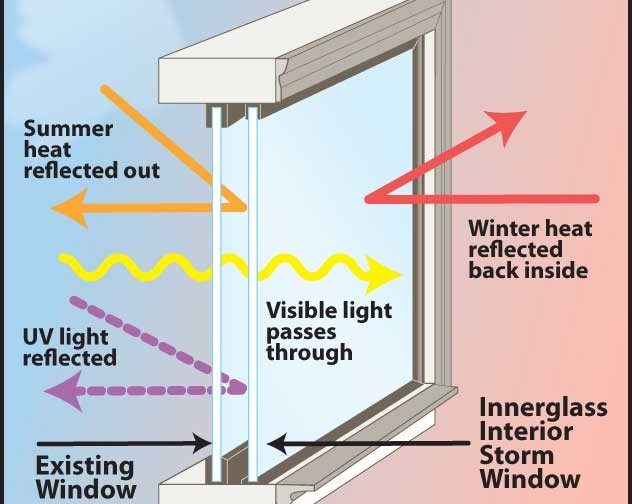All Categories
Featured
Table of Contents
Keep Cool This Summer Without Overusing Your Aircon. in Madeley Perth
Glazing simply indicates the windows in your house, including both openable and fixed windows, along with doors with glass and skylights. Glazing actually simply suggests the glass part, however it is generally used to refer to all aspects of an assembly including glass, films, frames and home furnishings. Focusing on all of these elements will assist you to accomplish reliable passive design.

Energy-efficient glazing makes your home more comfortable and significantly decreases your energy expenses. However, unsuitable or poorly designed glazing can be a major source of undesirable heat gain in summertime and considerable heat loss and condensation in winter season. As much as 87% of a house's heating energy can be gotten and up to 40% lost through windows.
Double Glazing in Mindarie Western Australia
Glazing is a considerable investment in the quality of your house. The expense of glazing and the cost of heating and cooling your home are closely related. A preliminary investment in energy-efficient windows, skylights and doors can significantly minimize your yearly heating & cooling costs. Energy-efficient glazing also minimizes the peak heating and cooling load, which can decrease the needed size of an air-conditioning system by 30%, causing further expense savings.

This tool compares window choices to a base level aluminium window with 3mm clear glass. Understanding a few of the essential homes of glass will help you to choose the very best glazing for your house. Secret properties of glass Source: Adjusted from the Australian Window Association The amount of light that passes through the glazing is called visible light transmittance (VLT) or noticeable transmittance (VT).
Why Should You Have Double-glazed Windows This Summer? in Victoria Park WA
This might lead you to change on lights, which will result in higher energy costs. Conduction is how readily a material carries out heat. This is referred to as the U worth. The U value for windows (expressed as Uw), explains the conduction of the whole window (glass and frame together). The lower the U value, the higher a window's resistance to heat circulation and the better its insulating value.
For example, if your house has 70m2 of glazing with aluminium frames and clear glass with a U worth of 6. 2W/m2 C, on a winter season's night when it is 15C chillier outside compared with inside, the heat loss through the windows would be: 6. 2 15 70 = 6510W That is comparable to the total heat output of a big room gas heating system or a 6.
Double Glazing For Warmer Temperature : R/melbourne in Cottesloe Western Australia

If you pick a window with half the U worth (3. 1W/m2 C) (for example, double glazing with an argon-filled space and less-conductive frames), you can cut in half the heat loss: 3. 1 15 70 = 3255W The solar heat gain coefficient (SHGC) for windows (revealed as SHGCw) determines how easily heat from direct sunlight flows through an entire window (glass and frame together).
The lower a window's SHGC, the less solar heat it sends to the home interior. Glazing makers state an SHGC for each window type and design. However, the actual SHGC for windows is impacted by the angle that solar radiation strikes the glass. This is called the angle of occurrence.
A Complete Guide To Double Glazed Windows in Bedford Western Australia
When the sun is perpendicular (at 90) to the glass, it has an angle of occurrence of 0 and the window will experience the maximum possible solar heat gain. The SHGC stated by glazing producers is always computed as having a 0 angle of occurrence. As the angle increases, more solar radiation is reflected, and less is transferred.
Table of Contents
Latest Posts
How Are Double Glazed Windows More Energy Efficient? in Helena Valley Perth
Why Should You Have Double-glazed Windows This Summer? in Secret Harbour WA
Double Glazed Windows Brisbane in Mosman Park Western Australia
More
Latest Posts
How Are Double Glazed Windows More Energy Efficient? in Helena Valley Perth
Why Should You Have Double-glazed Windows This Summer? in Secret Harbour WA
Double Glazed Windows Brisbane in Mosman Park Western Australia